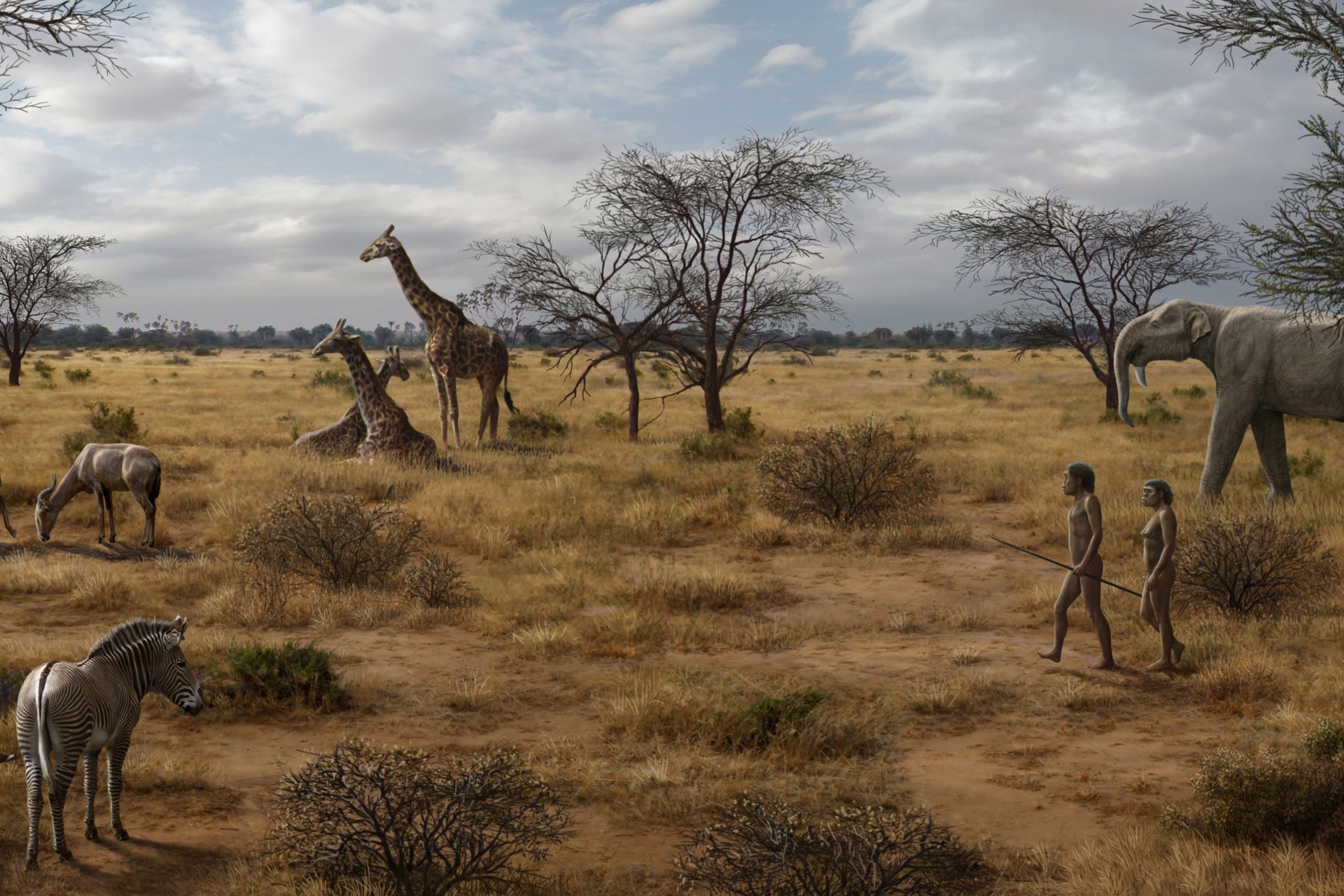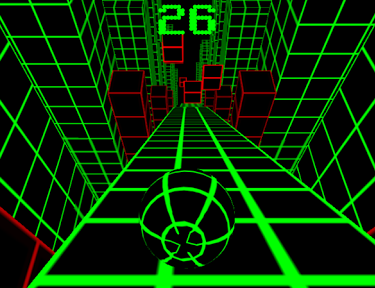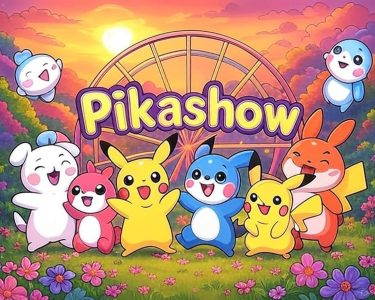Introduction
Art has been part of human history for thousands of years. It tells stories, expresses emotions, and preserves culture. From ancient cave paintings to modern digital art, creative expression has shaped civilizations and influenced society.
Throughout time, art has been used to record history, celebrate traditions, protest injustice, and inspire change. It helps us understand the past and imagine the future. Whether through paintings, sculptures, music, or literature, art has played a major role in shaping human civilization.
This article explores how Art has Influenced Human History, from prehistoric times to today’s digital world.
What is Art and Why is It Important?
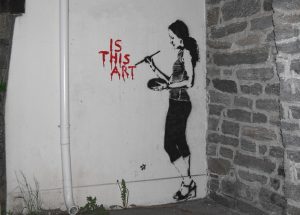
Art is more than just paintings and sculptures. It includes music, dance, literature, theater, film, photography, and digital media. It is a way for humans to express ideas, emotions, and creativity.
The Importance of Art in Society
Art has many roles in human history. Here’s why it matters:
✅ Preserving Culture – Art helps us understand ancient civilizations by showing their way of life and beliefs.
✅ Inspiring Creativity – It encourages people to think differently, solve problems, and innovate.
✅ Driving Social Change – Art has been used in revolutions, protests, and movements to spread messages.
✅ Healing and Well-being – Many people use art to express emotions and cope with stress or trauma.
Art is not just about beauty. It is a powerful tool for change, education, and storytelling.
How Art Has Shaped Human Civilization
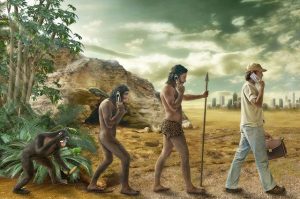
Art has influenced history in many ways. It has helped document events, shape cultures, and spark revolutions. Let’s explore some of the most important periods in art history and how they changed the world.
1. Prehistoric Art – The First Storytelling
The earliest art came from prehistoric cave paintings, like those found in Lascaux, France (about 17,000 years old). Early humans used symbols and drawings to tell stories, record hunts, and express spiritual beliefs.
Impact of Prehistoric Art:
🔹 Helped early humans communicate and share knowledge.
🔹 Showed their rituals, traditions, and beliefs.
🔹 Proved that creativity has always been part of human nature.
2. Ancient Art – Religion and Power
Ancient civilizations, like Egypt, Greece, Rome, China, and India, used Art to Express Religion, mythology, and political power.
Examples of Ancient Art:
🔹 Egyptian Art – Hieroglyphs, pyramids, and tomb paintings told stories of gods and pharaohs.
🔹 Greek & Roman Art – Marble statues and frescoes celebrated gods, democracy, and human beauty.
🔹 Chinese and Indian Art – Calligraphy, temple carvings, and paintings reflected spiritual and cultural beliefs.
Ancient art was a symbol of power and tradition, shaping how societies functioned.
Art as a Tool for Change and Revolution
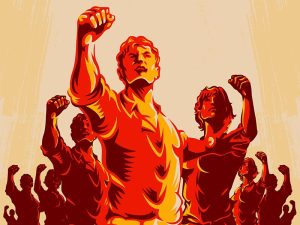
Art has often been used to challenge rulers, inspire revolutions, and promote new ideas.
1. The Renaissance – A New Era of Thought
The Renaissance (14th-17th century) was a period of creativity, science, and philosophy. Artists like Leonardo da Vinci and Michelangelo used realism, perspective, and innovation in their work.
Impact of Renaissance Art:
🔹 Inspired scientific advancements and new ways of thinking.
🔹 Encouraged people to question authority and explore human potential.
🔹 Shifted focus from religion to humanism, influencing modern thought.
2. Art in Social Movements
Art has played a role in protests, revolutions, and social change. It has been used to spread messages and inspire action.
Examples of Art in Social Movements:
🔹 Graffiti and Street Art – Used in civil rights movements and anti-war protests.
🔹 Photography – Images from wars, protests, and social issues have influenced public opinion.
🔹 Music and Performance Art – Songs and plays have raised awareness about injustice and human rights.
Art continues to be a powerful tool for activism and change.
Modern and Digital Art – A New Frontier
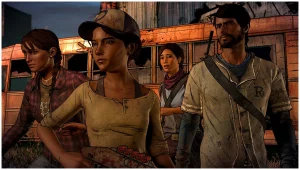
With technology, art has evolved into new forms like digital media, virtual reality, and artificial intelligence.
1. The Rise of Digital Art
The 21st century has introduced graphic design, digital paintings, NFTs, and interactive art.
Impact of Digital Art:
🔹 Made art more accessible to global audiences.
🔹 Allowed artists to experiment with new tools and techniques.
🔹 Created new platforms for artistic expression, like social media and virtual reality.
2. Art and Artificial Intelligence (AI)
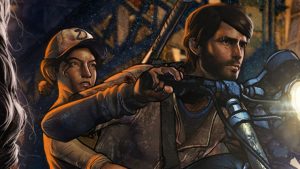
AI-generated art is becoming more common. AI tools can create paintings, compose music, and even write poetry. However, this raises questions about creativity and originality.
AI and Art: The Debate
🔹 Can AI replace human creativity?
🔹 How does AI impact traditional artists?
🔹 Should AI-generated art be considered real art?
AI is changing the way we create and experience art, and its future is still evolving.
Table: Major Art Movements and Their Influence
| Art Movement | Time Period | Impact on Society |
|---|---|---|
| Prehistoric Art | 40,000 BC | Early storytelling & knowledge sharing |
| Ancient Art | 3,000 BC – 500 AD | Symbolized power, religion & mythology |
| Renaissance Art | 1400 – 1600 AD | Inspired science, literature & exploration |
| Modern Art | 1800 – 1900 AD | Challenged traditional norms & embraced individualism |
| Digital Art | 2000s – Present | Expanded creativity through technology & new media |
Conclusion
Art has played a vital role in shaping human history. From ancient civilizations to modern digital creations, it has influenced culture, politics, and innovation.
Art is more than just expression – it is a record of human progress, a tool for learning, and a force for change.
Key Takeaways:
Art preserves culture and helps us learn about the past.
It inspires creativity and encourages new ideas.
Art has driven social change, from revolutions to protests.
Digital art and AI are transforming the way we create art today.
By understanding the power of art, we can appreciate how it connects people, shapes the future, and continues to inspire generations.

